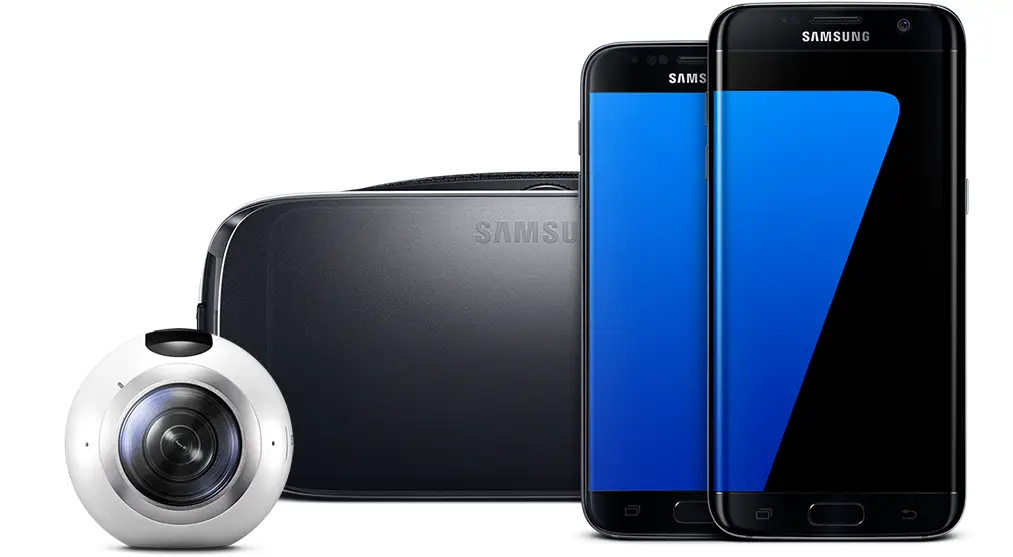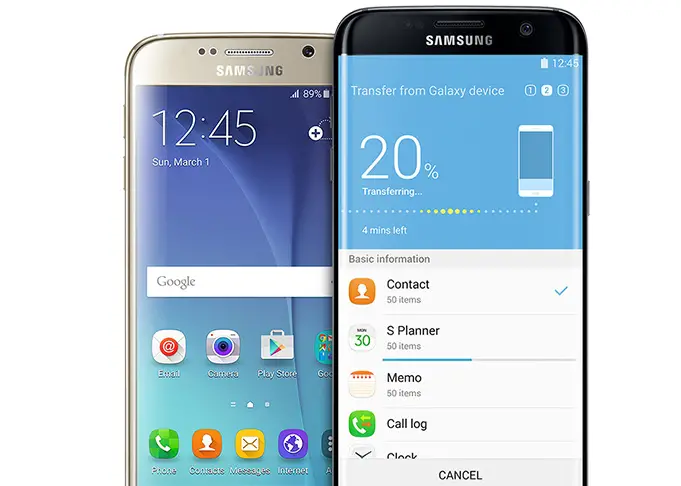Samsung Galaxy S7 has almost the same design that we saw in the Galaxy S6 and S6 edge. But this time, Samsung has added IP68 certification, which makes it waterproof and dustproof and also the missing microSD card slot has been added. The device feels better to hold, feels more solid and looks even better. The Galaxy S7 sports a 5.1 inch Super AMOLED display, which is .4 inches lesser than the Galaxy S7 Edge. Both the phones have has Quad HD resolution (1440×2560) display with always on display technology. Always on display allows the users to keep a check on time, notifications and battery status without waking the device up. Under the hood, it uses its home-grown Exynos 8890 octa-core (2.3GHz quad-core + 1.6GHz quad-core) processor and for US markets it will have a Qualcomm Snadragon 820 quad-core (2.15GHz dual-core + 1.6GHz dual-core) processor. Both of them offer 4 GB RAM which is now standard in the most of the upcoming top-end handsets. Both the Galaxy S7 models will have 2 storage variants- 32 GB and 64 GB. Both offer expandable storage up to 200 GB using a microSD card. For photography enthusiasts, the both the smartphones sport a 12 MP ‘Dual-Pixel’ camera with an f/1.7 aperture and smart OIS feature on the back. On the front, it has a 5 MP camera, also with f/1.7 aperture, which sounds really good for dim light photography.
On the software front, the Galaxy S7 and Galaxy S7 Edge run on Android Marshmallow, which is the latest version of Android. The connectivity options include, 4G LTE with category9, USB 3.0 standard, NFC, Bluetooth 4.2, and Wi-Fi 802.11 a/b/g/n/ac. Both the models support MST payment technologies, house a fingerprint sensor. To juice up the Galaxy S7, Samsung has used a 3000 mAh battery, with support for fast charging both on with wireless charging or wired charging. The Galaxy S7 Edge has a bigger 3600 mAh battery, with same fast and wireless charging features. [table id=380 /]

